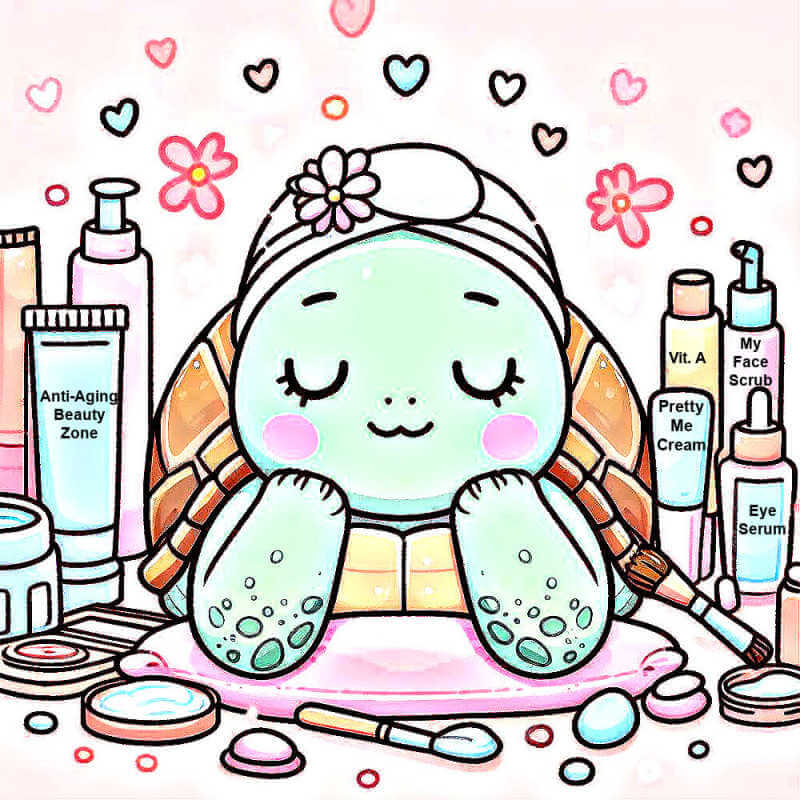As an Amazon Associate, I earn from qualifying purchases and other affiliate links. I only recommend products I’ve tried or researched.
- Home
- Exfoliation Guide
- Microdermabrasion Treatment
Microdermabrasion Treatment
by: Linda Robison / Facial Fitness Specialist
What to expect, how to prep, and what to do before and after a microdermabrasion facial.
An in-office Microdermabrasion treatment is a cool way to freshen up your face. Unlike a regular facial, it's got some extra kick to it.
And the best part? You don't have to wait around forever for results.
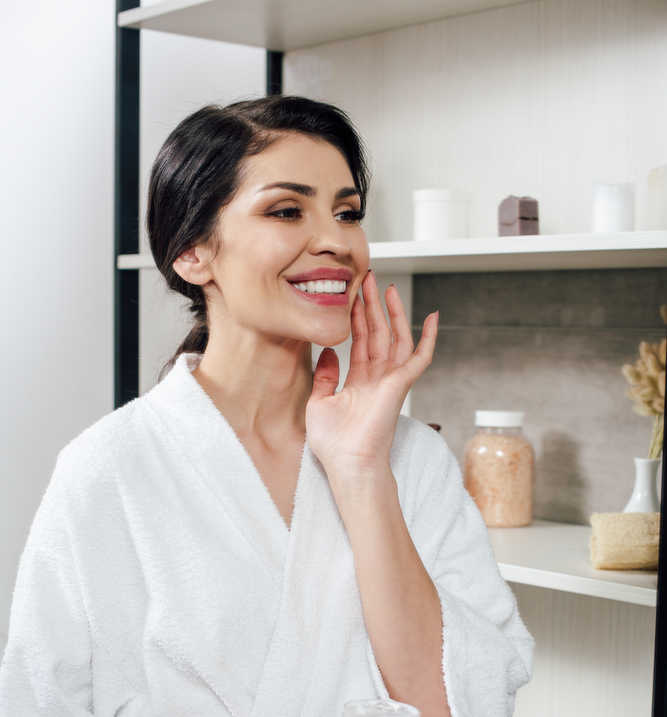
After just one treatment, most women notice a difference in their skin. I tried a microdermabrasion facial for the first time, and was blown away with how healthy my complexion looked!
So, if you're into effective and efficient skincare, microdermabrasion might be worth considering. 😊
Benefits of microdermabrasion facial
When it comes to the benefits of a microdermabrasion facial, there's one standout: the remarkable improvement it offers for fine lines and wrinkles.
Here's the science behind it:
The secret lies in a deep, yet gentle exfoliation, which removes the top layer of dead skin and reveals fresh, younger-looking cell layers below. It also stimulates collagen production to further reduce wrinkle appearance.
But it doesn't stop there!
Microdermabrasion is also a champ at kickstarting collagen production, a key player in the battle against wrinkles.
The best part? It only takes one session to remove dead cells and the dull top layer of skin, resulting in dramatic improvements in your texture, tone, and color, including:
- reduction in wrinkles and fine lines
- healthier-looking complexion
- improved texture
- brighter tone
- tighter pores
- faded age spots and scars
- firmer, tighter skin
However, to reap the full benefits, 4-6 weekly treatments are suggested.1 And, to maintain results, you should do this once or twice a year.
Note: Lots of spas offer deals on microdermabrasion packages. The spa where I got my facial, for instance, offered a bundle of six 30-minute microdermabrasion sessions at a deeply discounted price. So check around!
Different types of microdermabrasion
There are basically three kinds of dermabrasion facials to choose from:
- Crystal
- Diamond tip
- Hydro
We'll explain the difference between these treatments and how they work.
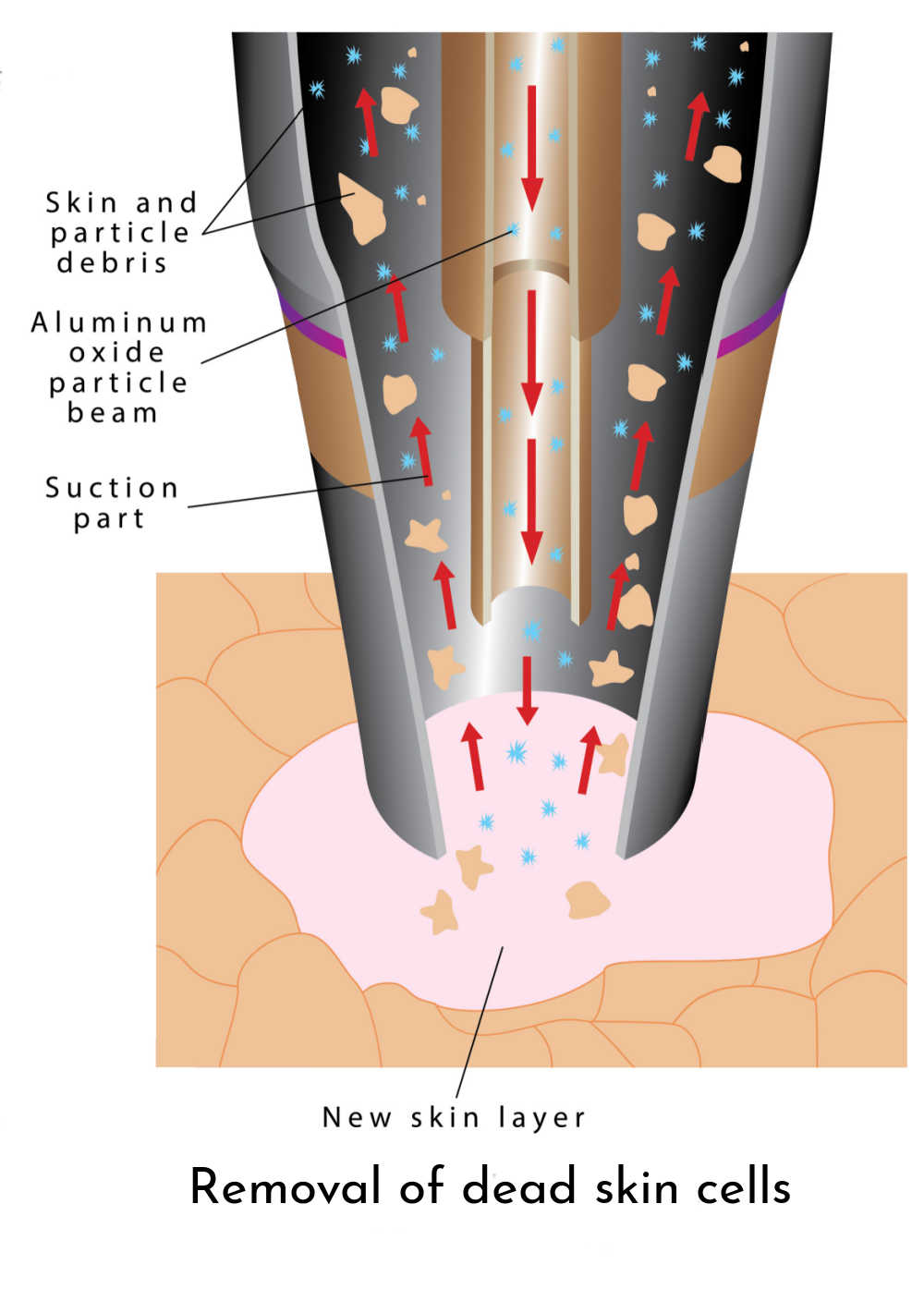
Crystal microdermabrasion treatment
This device sprays a fine mist of white aluminum oxide crystals to exfoliate and vacuum at the same time.
During treatment, super-fine crystals are pumped through a tube into a glass wand and jet sprayed across the face.
At the same time, the wand vacuums dead cells, particles, and left over debris.
Is this right for you?
Of the 3 treatments, this one is the most aggressive. If you have minor scars, issues with skin's texture, congested pores, or sun damage, then you are a good candidate for crystal microdermabrasion.
However, for those with skin health or sensitivity issues, it can be too abrasive and cause inflammation or irritation.
Diamond microdermabrasion treatment
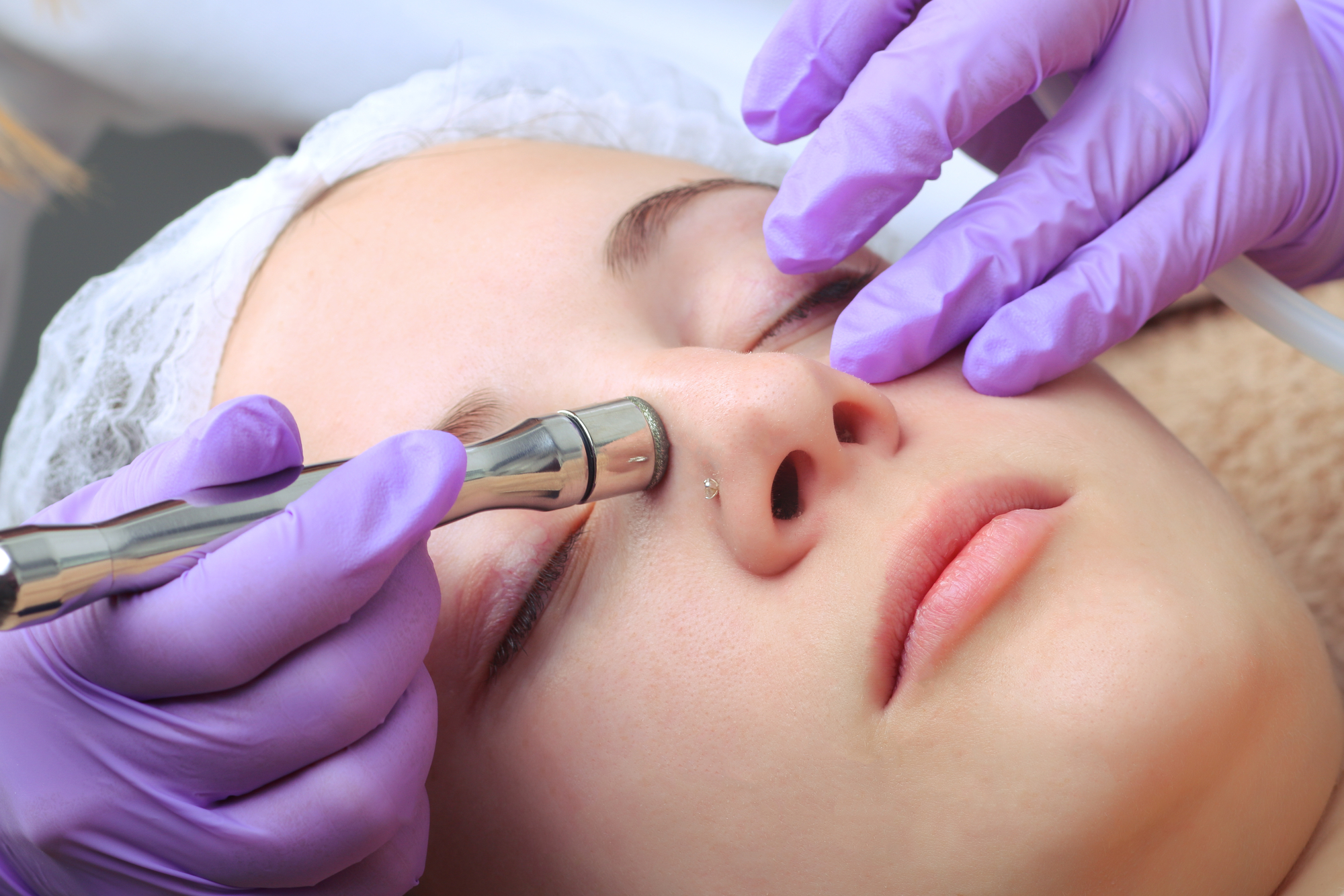
This handpiece has a rotating diamond-tip disc that exfoliates and vacuums dead cells at the same time.
During a session, a diamond-tipped wand glides across the face, gently exfoliating the uppermost layer of the dermis, while the exfoliated cells are vacuumed away.
Is this right for you?
This option has a few extra benefits…
First, it's less abrasive than the crystal spray and is suitable for most skin types. And, this device uses a diamond-tip to penetrate small areas, such as the nose, to reduce blackheads.
Plus, many people find it cleaner because there are no stray gritty crystals left behind.
Hydrodermabrasion
Hydrodermabrasion uses a device that sprays a saline solution and oxygen while vacuuming left over debris.
The device sprays water droplets at high velocity, which exfoliates the top layer of the face. It has similar results to microdermabrasion, but it also improves circulation and hydrates.
Is this for you?
Of the three, the hydrodermabrasion is gentler and may be more suitable for those with extra sensitive skin. Especially if you're prone, redness, blotchiness or acne.
Additionally, the saline solution spray can be infused with ingredients according to your needs.
For example, If you're acne-prone, you might benefit from salicylic acid infusion. Or, if you're concerned about aging, vitamin C might be added.
Your skin care professional can help you choose the right combination for your needs.
What should you do before microdermabrasion?
Dermatologists suggest you avoid following at least two weeks before your treatment to reduce the chance of irritation and redness:
- Harsh scrubs
- Exfoliants, acids, peels, and retinoids
- Sun exposure
- If you have any existing conditions, such as acne, eczema, or rosacea, it is essential to inform your doctor before starting the treatment.
Microdermabrasion after care
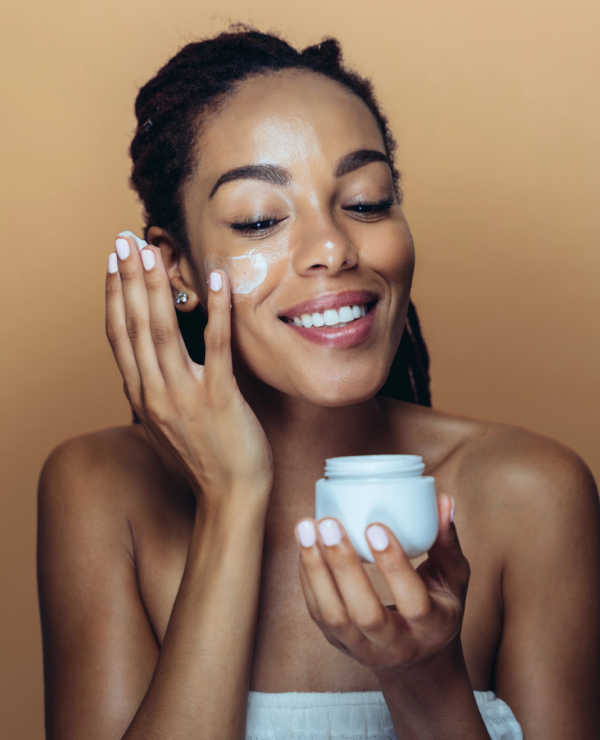
After care is important to ensure the best results.
I found that while my skin looked luminous, it did feel a bit tight, dry. So make sure to bring your own moisturizer to apply after your session.
Unless your spa package deal includes a moisturizing treatment. Mine didn't.
Here are some things you should do after your session:
- Moisturize your face and neck well. This will help to soothe and protect.
- Avoid sun exposure for at least a week after, and apply a sunscreen when going outdoors.
- Avoid products that contain retinol or glycolic acid for at least a week after your treatment.
- Use a gentle cleanser to cleanse your face. Avoid scrubs or exfoliants as this can cause irritation.
- If you experience any redness, swelling, or irritation, contact your doctor.
What to expect after a microdermabrasion facial
Here's the scoop from my own experience: Right after treatment, my skin felt plump and my pores looked tight. Plus, my complexion had a pinkish glow - like I'd just come back from a brisk walk.
Other after effects that may potentially affect you include:
- tenderness
- swelling
- redness
- dryness
- tightness
- flaking
In most cases, these go away within a few hours of treatment. But, it’s a good idea to apply moisturizer right after treatment to help with any dryness or tightness.
Some people may experience minor bruising, but this is pretty rare. Most people are able to resume normal activity immediately after a session.
How often should you get microdermabrasion?
The effects of microdermabrasion are temporary, since the skin regenerates every 30 days. So treatments will need to be repeated for best results.
Depending on your goals, the frequency will vary from person to person.
Usually, six to twelve sessions (spaced out every two to four weeks) will give the best results and make significant changes to your skin’s appearance.
Who Should Not Use Microdermabrasion?
Pre-existing Conditions: If you’re prone to herpes, open wounds, infections or inflammatory conditions like rosacea, many practitioners will advise against it.
Allergy:
On rare occasions, the tiny crystals can cause irritation or allergic reactions in some sensitive skin types.
Better safe than sorry: If you've got skin that's on the finicky side, it's a good idea to have a chat with a dermatologist before diving into microdermabrasion.
Q:Can you see results after 1 microdermabrasion?
Q:Can you see results after 1 microdermabrasion?
A: Yes, most people will notice smoother, cleaner skin. I noticed that many of the tiny, fine lines above my lip and around my eyes seemed less visible.
Q: How many times a year should you do microdermabrasion?
Q: How many times a year should you do microdermabrasion?
A: The frequency of your microdermabrasion treatments may vary depending on your skin type and needs. Your skincare specialist would be able to guide you on that. However, generally, people will have a series of 4-5 treatments, spread out over a few weeks initially. After that, to maintain results, it's recommended to do this once or twice a year.
Q: Will my face peel after microdermabrasion?
Q: Will my face peel after microdermabrasion?
A: My face did not peel, but I did look like I had a light sunburn. Some people may be a bit flaky after the first set of treatments. But a good moisturizer will help take care of that.
Q: Does microdermabrasion fade dark spots?
Q: Does microdermabrasion fade dark spots?
A: Yes, it can help fade brown spots over time. But, you have to be very careful and protect your skin from sun damage. Using at-home chemical peels can also help reduce them faster. Remember, to ALWAYS use a sunscreen. 😊
Reference:
About the Author:
Linda Robison is a Facial Fitness Specialist and the founder of Anti-Aging Beauty Zone. She shares expert insights on skincare, facial rejuvenation, and beauty treatments—blending traditional wisdom, personal experience, and science-backed research for both at-home and in-office solutions.
Before you go ....
Please tap on the💙in the bottom right corner if you found this page helpful.
FOLLOW ME FOR MORE TIPS:
SHARE OR SAVE FOR LATER:

